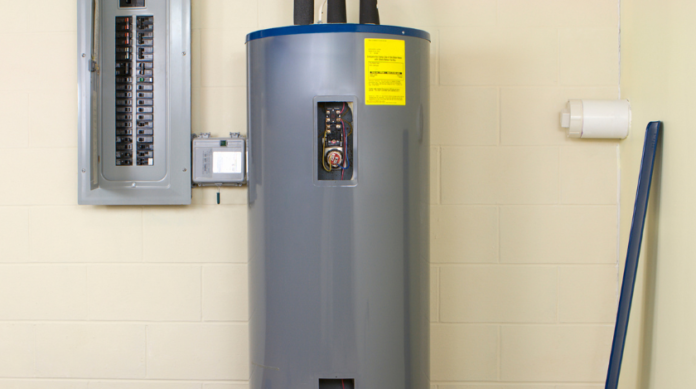When it comes to upgrading your RV’s water heater, understanding the dimensions and compatibility of your new unit is crucial. If your existing water heater opening measures 15×18 inches, and you’ve opted for a new 15×15 heater, here’s what you need to know to ensure a successful installation Plumber Adelaide.
Understanding the Dimensions
- Existing Opening: The current hole in your RV for the water heater is 15×18 inches. This means that there is ample space to fit a slightly smaller unit.
- New Heater Size: Your new water heater measures 15×15 inches. This means that while the new unit will fit within the existing opening, it leaves a gap of approximately 3 inches in height (18 inches minus 15 inches).
Installation Considerations
1. Assessing the Opening
Before proceeding with the installation, take some time to inspect the existing opening:
- Structural Integrity: Ensure that the surrounding area is in good condition and free from rust or damage.
- Insulation: Check if there’s any insulation that needs to be adjusted or replaced around the opening.
2. Using an Adapter or Frame
Since the new heater is smaller than the opening, you may need to create a frame or use an adapter to fill the gap:
- Custom Frame: A simple wooden frame can be built around the new water heater to securely hold it in place and provide insulation.
- Adapter Plate: Consider using an adapter plate that can cover the gap, providing a finished look and preventing any air leaks.
3. Wiring and Plumbing Adjustments
- Electrical Connections: Check the wiring connections from the old unit to ensure compatibility with the new heater. Follow the manufacturer’s instructions for wiring.
- Plumbing: Ensure that the water lines align with the new heater. You may need to adjust the plumbing to fit the new connections.
4. Sealing and Insulating
Once the new heater is in place, ensure that all gaps are sealed:
- Weatherproof Sealing: Use weatherproof seals around the edges of the heater to prevent moisture and air leaks.
- Insulation: Insulate any exposed pipes or wiring to prevent heat loss and protect against freezing in colder temperatures.
Final Steps
1. Testing the Heater
After installation, it’s essential to test the new water heater:
- Check for Leaks: Turn on the water supply and check for any leaks around the connections.
- Heating Test: Run the heater to ensure it reaches the desired temperature and operates efficiently.
2. Maintenance Tips
To keep your new water heater functioning optimally:
- Regular Maintenance: Schedule regular maintenance checks to ensure all components are working correctly.
- Flushing the Tank: Annually flush the tank to remove sediment buildup, which can impact performance.
Conclusion
Upgrading your RV water heater from a 15×18 opening to a 15×15 unit is a manageable project with the right preparation and adjustments. By following these guidelines, you can enjoy the benefits of a new, efficient water heater while ensuring a proper fit in your RV. With a little DIY spirit, you’ll have hot water ready for all your adventures on the road!




